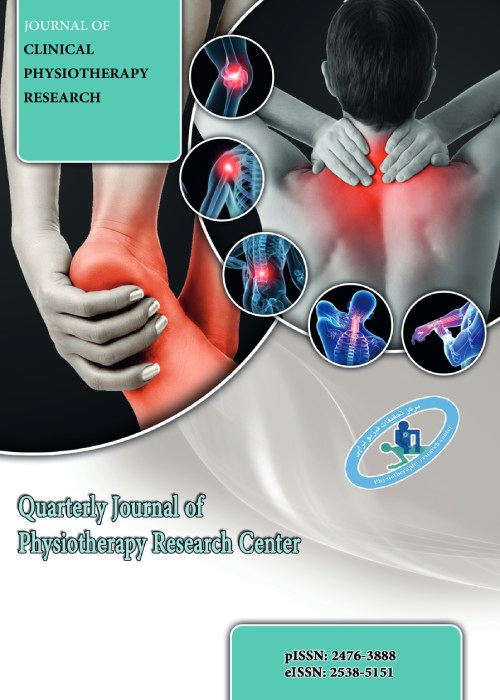The Effect of Two Types of Silicone Insole on Selected Kinetic Variables on the Skill landing-Jumping-Landing Active Young Women with Flat foot
Since the use of medical insole is recommended as one of the strategies to deal with the potential for joint injuries, Flatfoot is one of the most common abnormalities in body structure that Due to the decrease in the height of the medial longitudinal arch of the foot and its functional defect, the increases risk of joint damage due to changes in the transfer of ground reaction forces. One of the treatment options that is suggested is the use of a medical insole. The purpose of this study was to investigate the effect of two different forms of silicone insoles on the peak of the ground reaction force, loading rate and time to stability in the landing-jumping-landing skill of active young women with flat foot.
28 women with a history of regular activity exercise were divided into two groups of 14 (flat foot and normal foot). The subjects landed two legs on a level with a height of 0.5 m on the forwards of the first force plate, jumped without stopping and landed on second force plate. In this study, two types of silicone insoles were used that support the entire sole of the foot (type I), and only the inner portion of the foot and the medial longitudinal arch (Type II). The flat foot subjects performed without using the insole and using two types of insoles. The Data Analysis of data Evaluation of Variables were done by MATLAB software. Also its statistical analysis was done by using spss (P≤0.05).
The results of statistical analysis of variance analysis showed a significant difference in the amount of ground reaction forces in all three axes between normal and flat foot subjects, while the use of medical insoles only in outer medial- lateral & anterior- posterior directions has been significant. The rate of loading at the first landing showed a significant difference between the subjects with flat foot and normal foot. But there was no significant effect after using the medical insole. However, there was no significant difference between the time to stability in the two groups of flat foot and normal foot.
According to the results of the study, it can be said that flat foot abnormality in high intensity plometric skill has effect on the ground reaction forces in all three directions, and the use of a Type I insole can reduce the amount of force in all three directions. On the other hand, the decrease in the height of the longitudinal arch of the foot is associated with the rate of loading during the landing, which is identified as a risk factor for joint and muscular damage. But the use of silicone insoles cannot effect on the rate of loading. The results of this study indicate that the time to stability in active subject does not correlate with the height of the medial longitudinal arch, or the time to stability is corrected in the active subjects with flat feet with the help of compensatory mechanisms.
- حق عضویت دریافتی صرف حمایت از نشریات عضو و نگهداری، تکمیل و توسعه مگیران میشود.
- پرداخت حق اشتراک و دانلود مقالات اجازه بازنشر آن در سایر رسانههای چاپی و دیجیتال را به کاربر نمیدهد.



